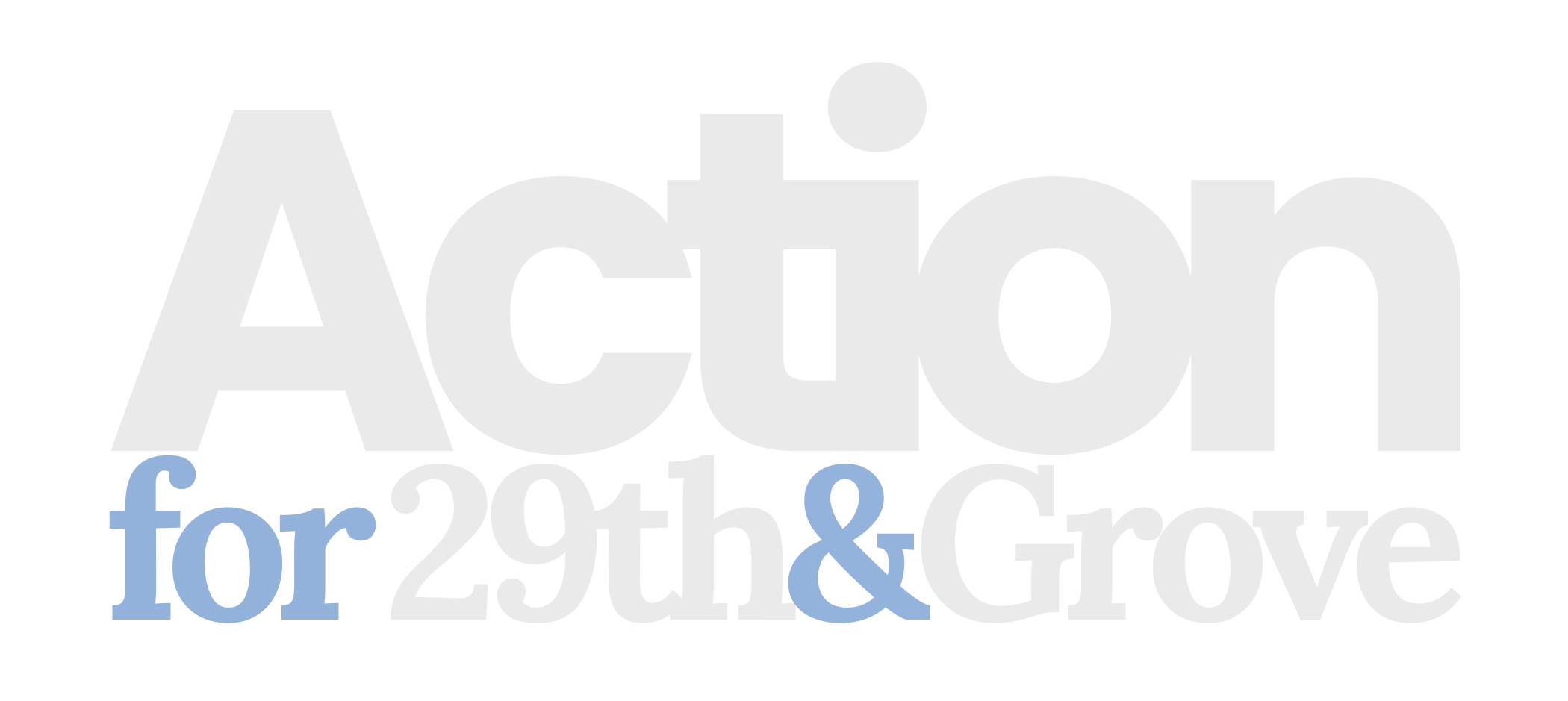Groundwater Treatment
Site History
A chemical spill containing trichloroethene (TCE), an industrial solvent used for cleaning metal parts and found in some household products, was discovered at the site in the 1990s. An investigation in 2000, identified TCE-impacted soil at the site. Since then, Union Pacific has conducted extensive testing of groundwater and soil, as well as outdoor and indoor air, and performed a range of remediation efforts designed to safeguard the community.
Site Location
The 29th and Grove Site is located along the northern part of a Union Pacific Railroad rail yard south of the K-96 Highway, between Highway I-135 and Grove Street, in Wichita, Sedgwick County, Kansas.
Union Pacific is continuing long-term remediation efforts at the 29th and Grove site in Wichita. Groundwater treatment is one of several actions underway to improve site conditions and support the well-being of the surrounding community. All work is conducted under the oversight of the Kansas Department of Health and Environment (KDHE) and reflects a sustained commitment to community-centered solutions.
Current Groundwater Extraction Wells
Union Pacific, under KDHE oversight, has installed six groundwater extraction wells designed to prevent the further spread of the contaminated groundwater plume. These wells extract and contain the contaminated groundwater and the downgradient edge. The extracted groundwater is treated using pump-and-treat technology to achieve levels below KDHE risk-based standards. Additional groundwater extraction wells will be added as part of the final remedy, when approved by KDHE.
Planned Directed Groundwater Recirculation (DGR) System
As part of the groundwater treatment mitigation efforts at 29th and Grove, a Directed Groundwater Recirculation (DGR) system will be constructed to extract and treat contaminated groundwater to drinking water standards.
How is Progress Tracked?
The system is continuously monitored to make sure it is operating as intended. Groundwater is regularly sampled to measure TCE levels and track changes over time. System performance is reviewed through real-time data, and any issues are addressed promptly.
How Long Will This Take?
Reducing TCE in groundwater is a gradual process. Work began in the early 2000s and is expected to continue for several more years. Progress is reviewed regularly, and updates are shared with the community.
How Does DGR Work?
DGR helps speed up remediation by combining the process of extraction, treatment and reinjection of treated water for recirculation.
-Extraction: DGR extracts contaminated groundwater from specific areas and pumps it to treatment system buildings to remove TCE.
-Treatment: Once in the treatment system building, the contaminated water is filtered to remove dirt and particles before going through a system that introduces air to treat the water. -Reinjecting: Treated water is then pumped back underground and recirculated over time.
